All products featured are independently chosen by us. However, SoundGuys may receive a commission on orders placed through its retail links. See our ethics statement.
Six things draining your headphone battery (and how to fix them)
September 10, 2025
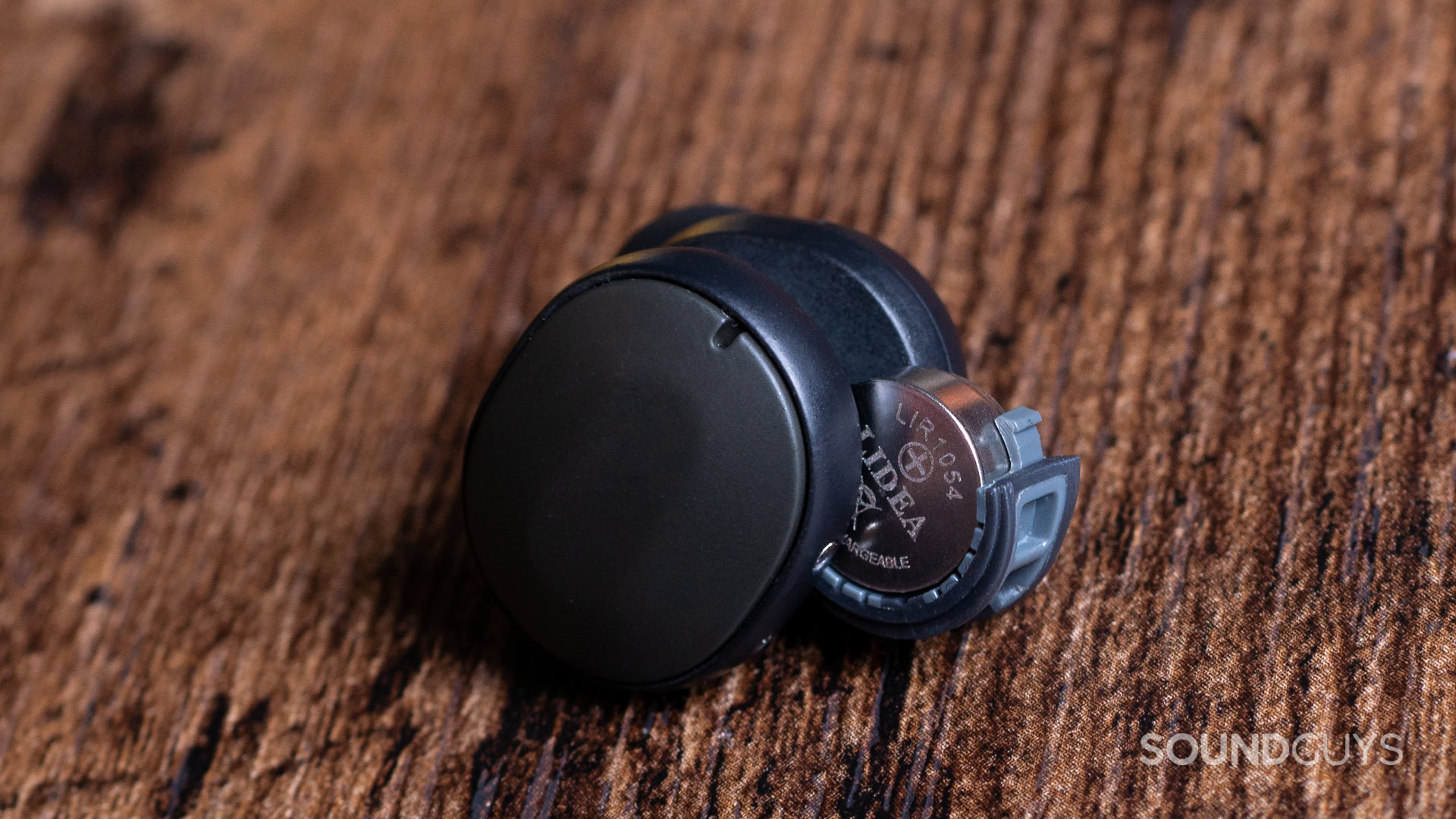
Casual listeners and audio enthusiasts are constantly on the lookout for headphones with the longest battery life. While manufacturers are competing for the best price-to-charge ratio, premature battery degradation remains a significant issue for many brands. Sure, headphones with replaceable batteries are expected to feature prominently in the not-too-distant future. For example, the SteelSeries Arctis Nova Pro Wireless already use hot-swappable batteries to deliver over 45 hours of continuous playback time. However, this burgeoning technology is likely many years from becoming the industry norm. In the meantime, consumers are better off learning good battery hygiene to get the most out of their products. To that end, we’ve listed six of the most common things draining your headphone battery and how to fix them.
Letting the battery get too hot
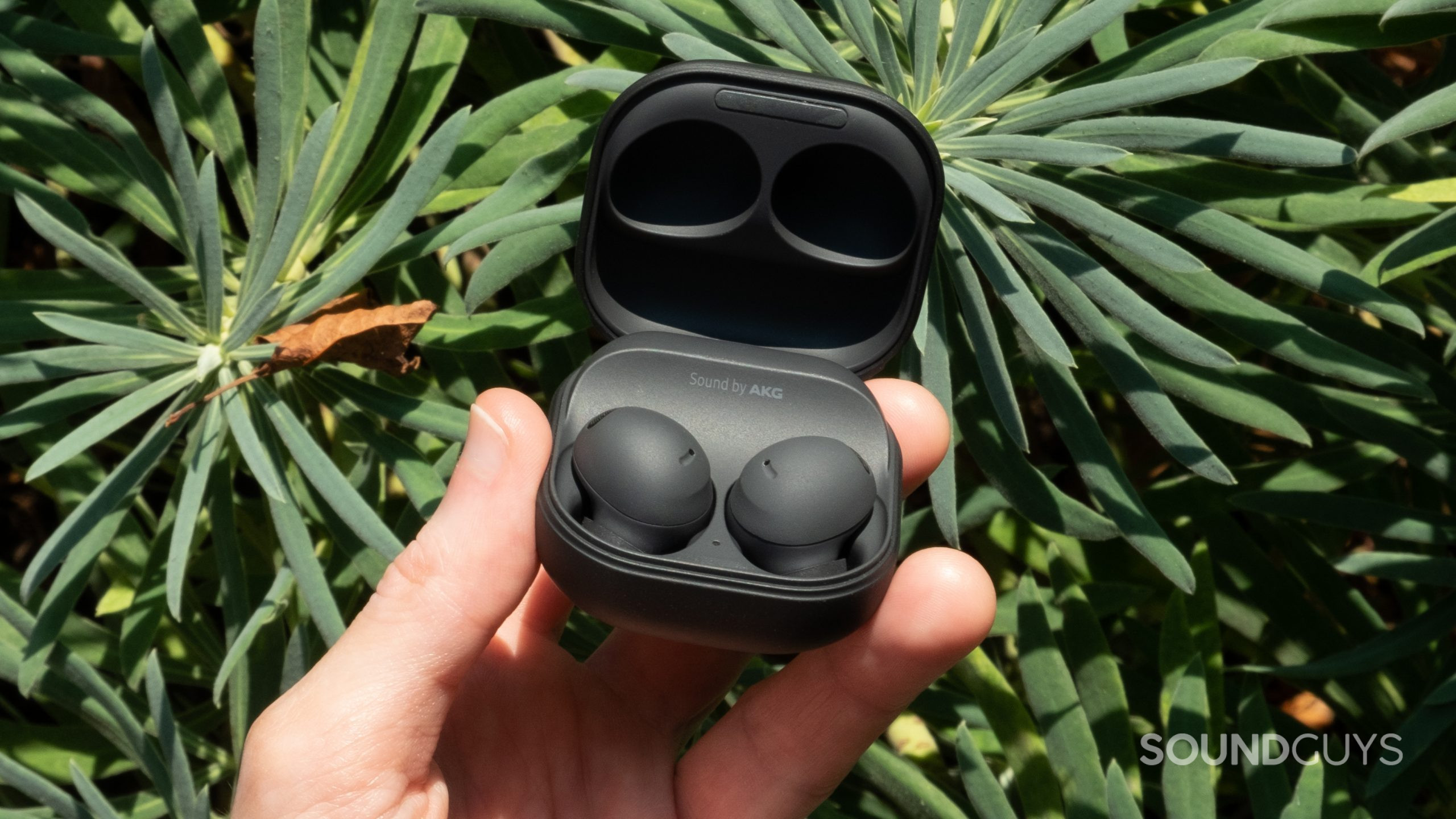
Most consumer headphones are powered by lithium-ion (Li-ion) battery cells. These are prevalent in modern electronic devices because of their high energy density, comparatively long lifespan, and superior energy efficiency. Unfortunately, Li-ion batteries are particularly susceptible to heat-related degradation. This is because high temperatures accelerate unwanted chemical reactions within the battery, diminishing battery health and increasing the risk of thermal runaway. The last is the process in which a battery generates heat faster than it can dissipate, which can quickly lead to safety hazards.
Generally, high temperatures stress headphone batteries and cause them to lose capacity faster than when kept at lower temperatures. For example, according to Battery University, a cell kept between 25 – 40 degrees Celsius (77 – 86 degrees Fahrenheit) should retain around 85% to 96% of its capacity after the first year with sensible charging cycles. This compares to 65% capacity if charging to 100% in 40°C (104°F) heat after the first year, with a 60°C (140°F) battery temperature hitting this mark in just three months.
Heat is one of the biggest killers of long-term headphone battery health.
It’s worth noting that fast-charging technologies can harm your headphone’s battery health. This is because fast charging draws higher currents and voltages, which can generate excess heat inside the cell. In this instance, it’s better to top up your buds for a few minutes instead of charging fully. You can use a temperature-aware fast charging solution or switch to a slower charger when charging your headphones for longer.
You can also minimize heat-related battery degradation by following a few simple rules. For example, when not in use, it’s better to leave your headphones in the shade than directly under the sun. Likewise, don’t leave your earbuds on the windowsill or under your pillow while charging. Never hang your headphones from your radiator, and ensure that you charge for shorter periods (see the next section below).
Idle and overnight charging
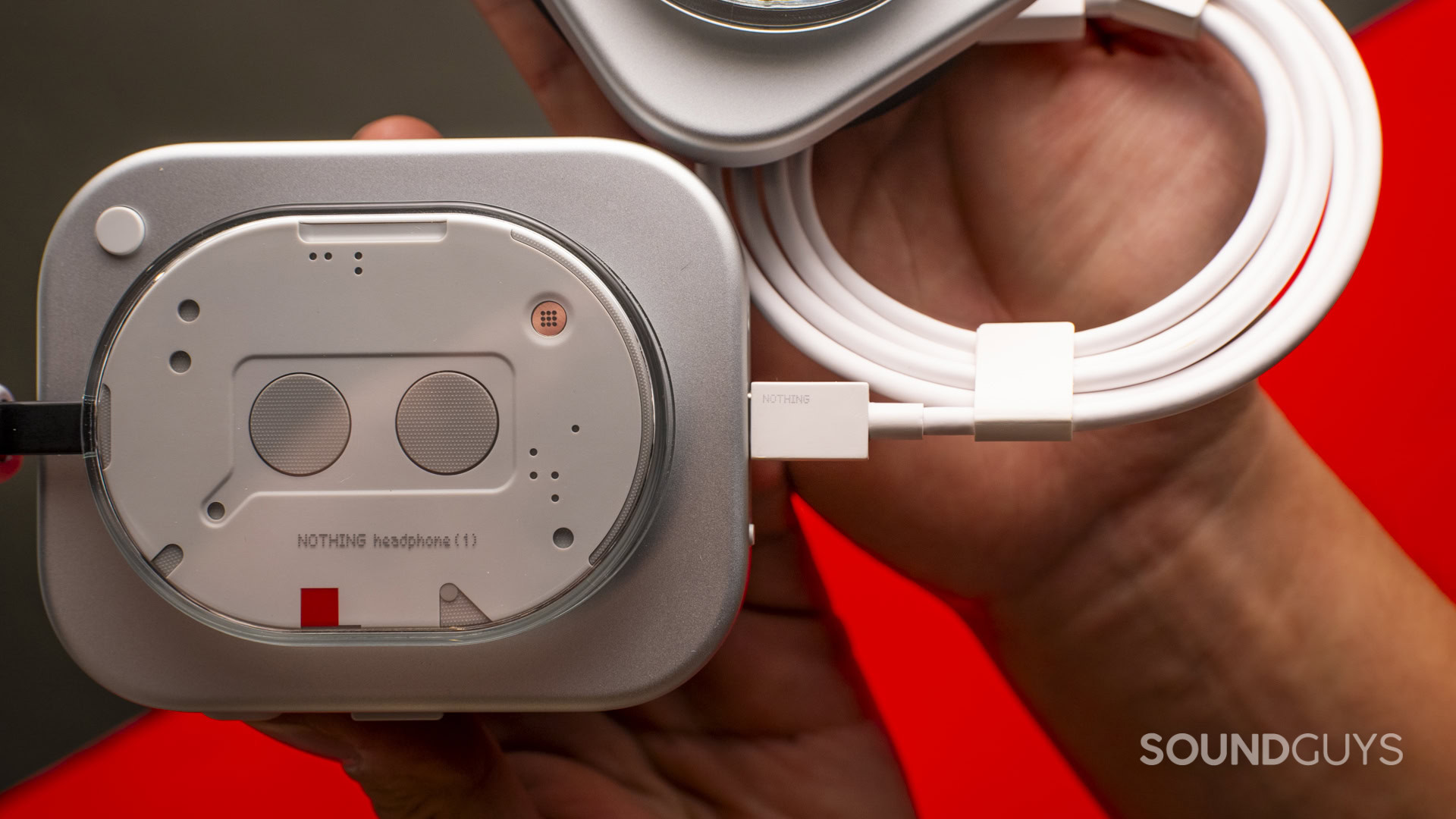
Contrary to popular belief, partial charging can actually benefit the longevity of lithium-ion cells. This is because Li-ion batteries constantly draw a current and operate at a lower voltage as they lose charge. This voltage then gradually increases as the cell regains charge, leveling off at around 70% capacity, before the current begins to decrease until the battery capacity is fully charged.
In practice, this means that operating at a low voltage is actually beneficial for a battery’s lifespan. In simple terms, it increases the number of available charging cycles before a significant reduction in capacity. According to the study published by Battery University above, approximately every 0.1V decrease in cell voltage doubles your battery’s cycle life. Consequently, charging your headphones between 30% and 80% keeps the voltage lower, thus slightly prolonging the battery’s lifespan.
Shorter and regular charges are better for your headphones' battery health than long full charge cycles.
Of course, no one is arguing that using just 20% of your headphones’ battery capacity before recharging is practical. However, boosting when you’ve used about half of your headphones’ battery capacity improves your battery life over the long term. This is especially true if you avoid charging up to full each time. Generally speaking, small and regular charges are better for Li-ion batteries than long full charge cycles.
Leaving our electronic devices to charge overnight or on wireless charging mats during the day is common practice. Unfortunately, it is not recommended for nurturing good headphone battery health. This is because continuous trickle charging a fully-charged battery can cause plating of the metallic lithium. This creates lithium dendrites that can cause internal short-circuits, leading to greater instability in the long term. You can mitigate this by charging your headphones during the daytime and stopping charging when they reach approximately 80% capacity.
Listening at high volumes
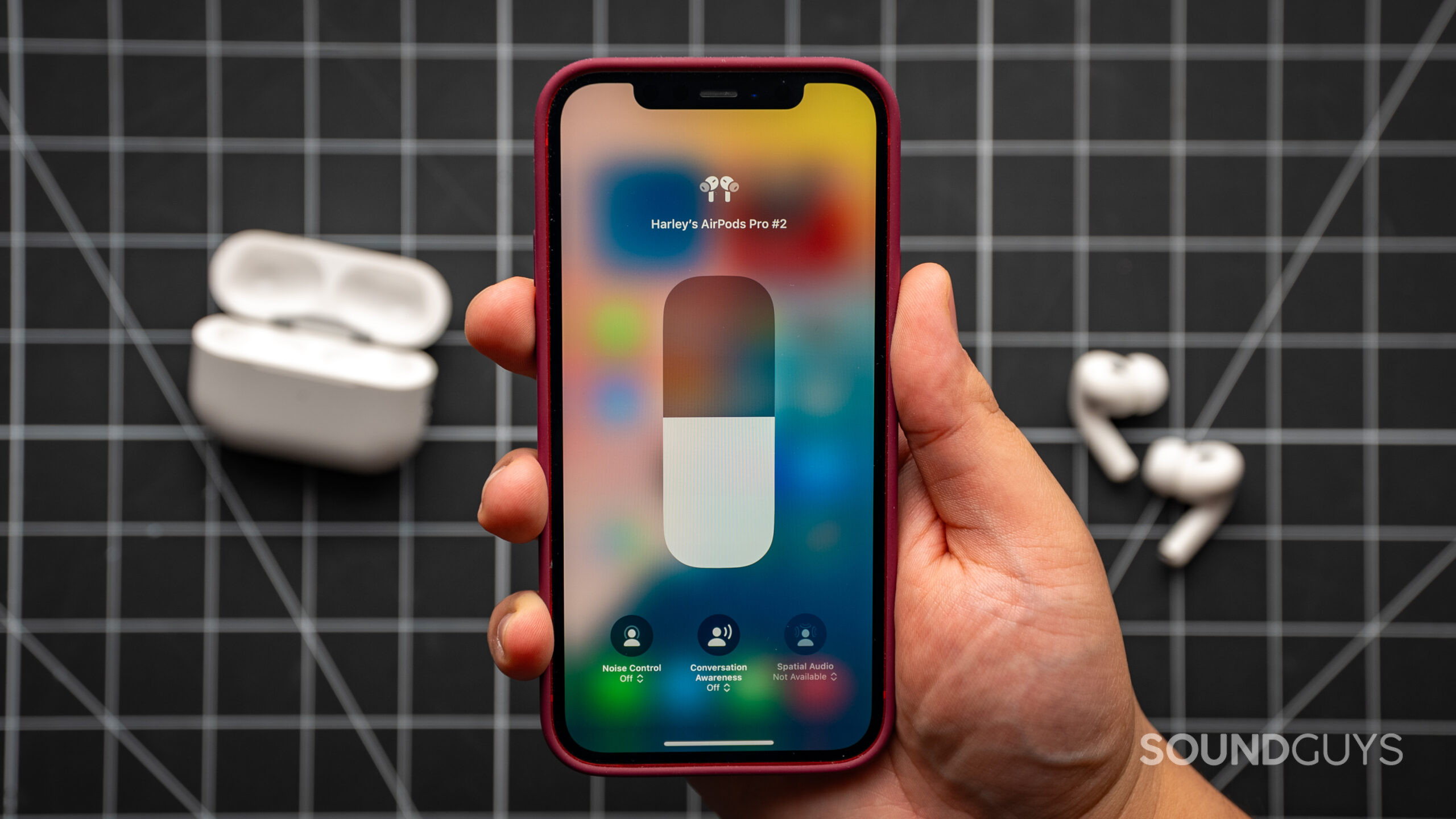
It may sound silly at first, but listening to music at lower volumes could save you valuable battery life when you’re in a pinch. This is because headphones draw more power from the battery to move the drivers when creating louder sound waves, eating into precious listening time. Think of it like driving a car — the faster you drive, the more fuel you burn. So it is with headphones, albeit the louder you listen to music, the quicker your headphones will run out of charge.
For context, some headphone manufacturers state the battery life expectancy when listening at around 50% volume. For example, Apple writes on its website that the AirPods Max’s 20 hours of ANC-enabled battery life was measured with “Volume was set to 50%, Active Noise Cancellation on and Spatial Audio set to fixed”. Likewise, Sennheiser lists the ACCENTUM Wireless battery life as “Up to 50 hrs music playtime via Bluetooth and with ANC (test condition: iPhone, medium volume level)”.
Listening to music at lower volume levels provides longer playback time.
According to Headsets4Business, using your headphones at maximum volume can decrease battery life by 25-30%. So, if you’re listening to music with the Apple AirPods Max set to maximum volume, you can expect the headphones to last approximately 5-6 hours less than when listening at 50%. Similarly, the Sennheiser ACCENTUM Wireless may only last 35-37.5 hours with the headphones set to maximum volume. This isn’t an exact science, and other factors will affect this, but it serves as a reminder of the principle.
Keeping your headphone volume lower can also minimize your risk of suffering noise-induced hearing loss. Generally speaking, listening to music at no more than 50% protects your hearing and yields the best battery life performance. Simple habits, such as reducing volume when working in quiet environments and when ANC is enabled, will make your headphones last longer and ensure a safer listening experience.
Listening with Hi-Res Bluetooth codecs and ANC
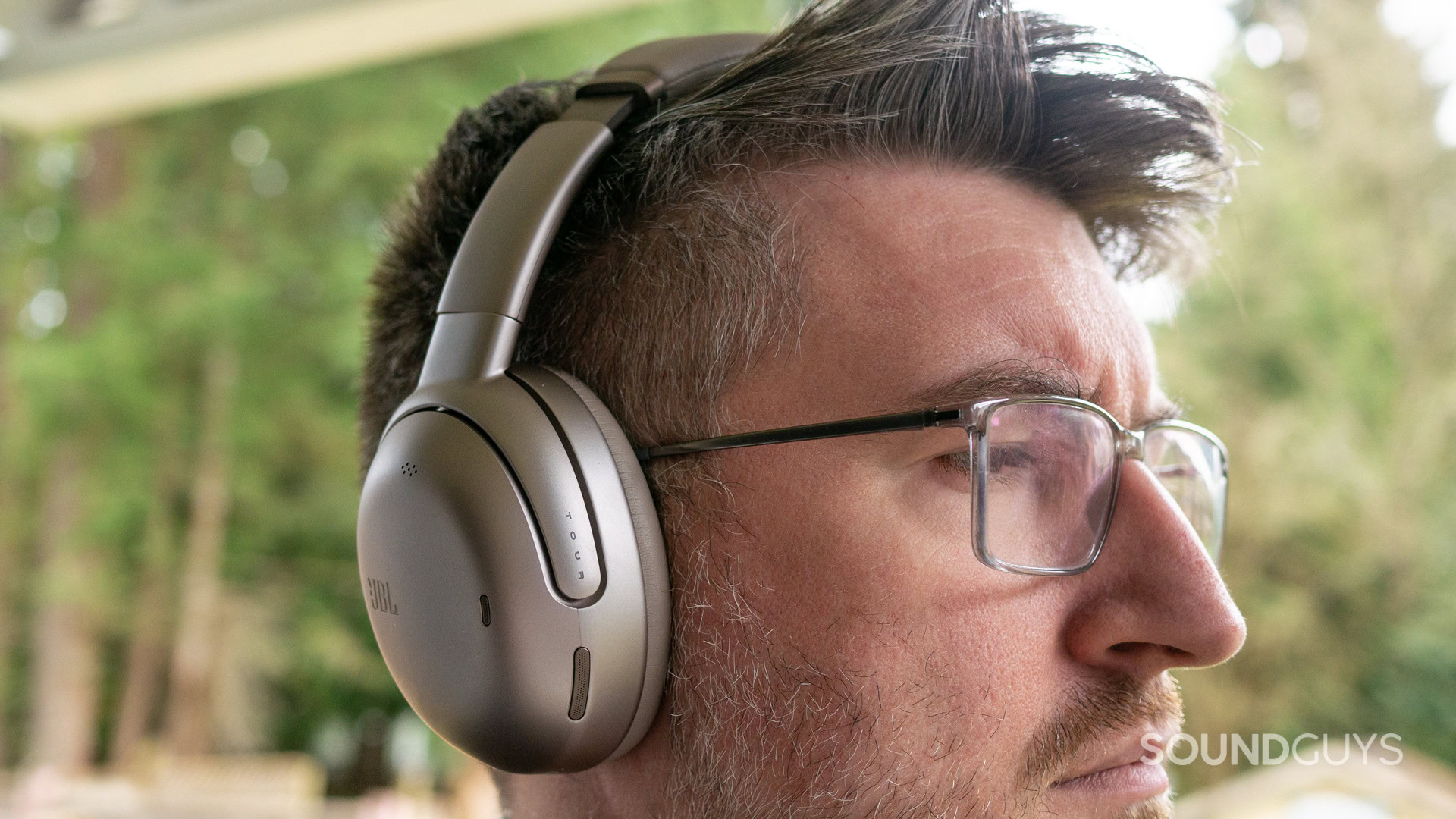
Many listeners prefer wireless headphones because they are more convenient than their wired counterparts. Instead of fumbling with an aux cable, you can power the headphones, put them over your noggin, and stream your favorite tunes unencumbered. To transmit data wirelessly, our source devices and headphones communicate using Bluetooth codecs. All A2DP-enabled Bluetooth audio devices support the SBC codec. This had been the most energy-efficient wireless audio coding technology until the LC3 codec launched in July 2022. According to Robin W. of Soniclever, the LC3 codec draws up to 30% less power at the same perceived audio quality compared to SBC.
Hi-Res Bluetooth codecs, such as LDAC, aptX HD, and LHDC, deliver superior sound quality by preserving more of the original audio data. However, this comes with significant drawbacks regarding power consumption. For example, the increased processing and transmission of high-quality wireless audio require a greater power draw from the headphones. This is because the Bluetooth transmitter, Bluetooth receiver, and built-in digital-to-analog converter (DAC) work harder to process higher bitrates. You can preserve headphone battery by listening wired or via the SBC and LC3 Bluetooth codecs.
Active noise canceling technology consumes more headphone battery life than listening passively.
Much like high-resolution wireless listening, active noise cancellation eats through headphone battery reserves. This is because the technology relies on the principle of phase cancellation. In simple terms, this records background noise, inverts the noise signal to create “anti-noise,” and adds it to the headphones’ output. Unfortunately, the technology requires a continuously powered system of external microphones and powerful signal processing to work optimally. The result is a feature that draws significant power from your headphones’ battery cell.
Manufacturers often list expected headphone battery life with and without ANC enabled on their respective websites. For example, Sony states that its WH-1000XM6 headphones should last 30 hours with ANC enabled and up to 40 hours without it. Likewise, the Samsung Galaxy Buds3 Pro are detailed as lasting up to six hours with ANC on and up to seven hours with ANC disabled. Disabling ANC or transparency mode in a quiet environment can provide hours of additional playtime.
Using the headphones as they charge
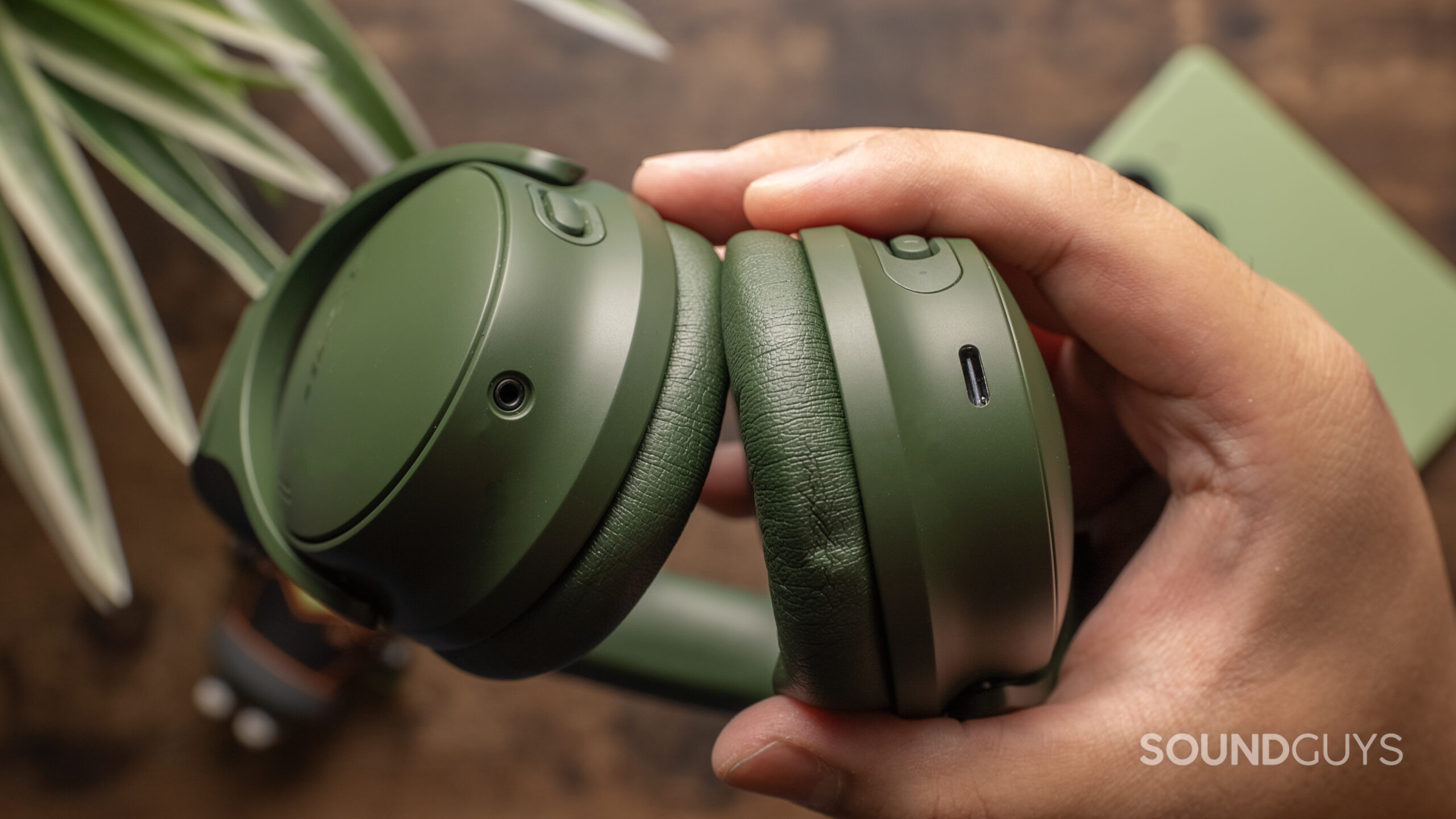
It’s tempting to use our headphones while they charge. However, doing so leaves our cans susceptible to parasitic loads. This is the process in which the battery is drained significantly while being charged. Examples include listening to Hi-Res wireless music, streaming spatial content, and enabling ANC in noisy environments while charging headphones via USB-C.
Parasitic loads are bad for batteries because they distort the charging cycle and induce mini-cycles. This is where part of the battery continually cycles and deteriorates faster than the rest of the cell. Parasitic loads occurring when a device is fully charged also induce higher voltage stress and heat on the battery. As previously discussed, this can cause thermal runaway, which significantly harms your headphone’s long-term battery life.
Parasitic loads are harmful to long-term battery health.
Thankfully, you can avoid parasitic loads by turning your device off while charging. If you must use your headphones, try keeping the workload light while the device is plugged in. For example, you can disable ANC and stream content in stereo to reduce the power being drawn from your headphones’ battery cell.
Leaving the headphones idle for most of the charging cycle and using the headphones only when necessary will also reduce the risk of parasitic load. You can also listen to music wired or with Low-Res Bluetooth codecs to minimize your risk. Just remember to unplug the headphones from the power supply when they are charged enough.
Leaving headphones in standby mode
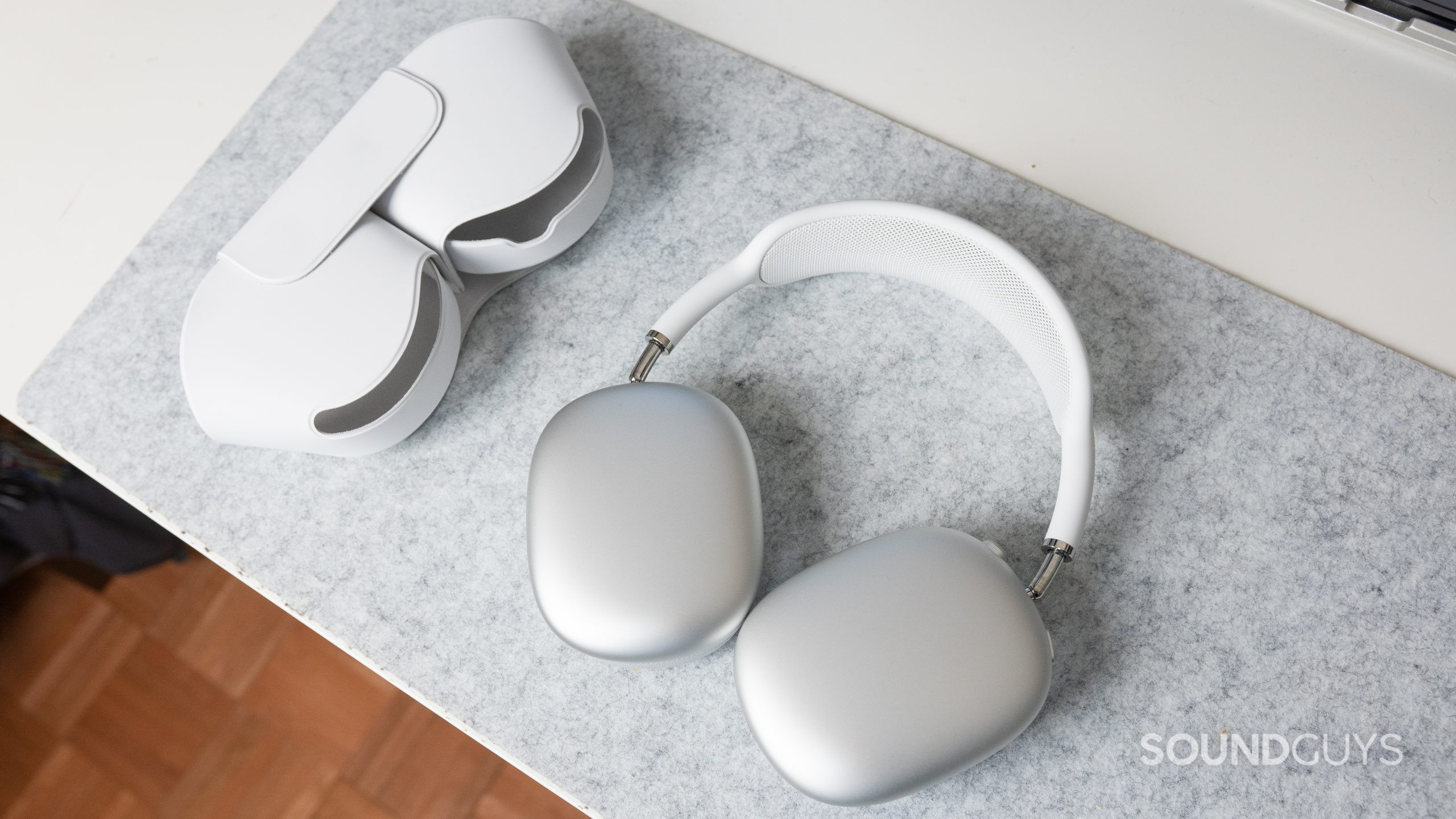
Some headphones have smart features dedicated to reducing battery drain when not in use. For example, the Bose QuietComfort Ultra Headphones feature the company’s auto on/off function. This automatically puts the headphones into standby mode when they are not used for a specific period. However, while this feature conserves power when the headphones are accidentally left powered on, it still drains battery life.
This is because, even in standby mode, headphones still consume power to maintain Bluetooth connections. So, if you take off your headphones and set them aside on your desk, chances are they are still connected to your smartphone. They may also still be conducting power-hungry operations, such as active noise canceling or maintaining simultaneous wireless connections with Bluetooth Multipoint. Consequently, it is best to power down your headphones fully when not in use to prevent unwanted battery drain.
Some headphones, like the Apple AirPods Max, cannot be switched off.
Unfortunately, not all headphones can be fully switched off. For example, the Apple AirPods Max do not have a dedicated power-off switch. This means that they will only enter a low-power state when placed in their Smart Case. Outside of the case, the headphones will only enter a low-power mode after being stationary and inactive for extended periods. Apple claims this design allows the headphones to maintain Bluetooth connections and access the company’s Find My network. Mercifully, placing the headphones in the Smart Case for 18 hours will force them into ultralow power mode. This preserves more battery life by turning off Bluetooth and Apple’s Find My capability.
Another thing to consider is that true wireless earbuds drain battery life when left outside of their charging case. Like the Apple AirPods Max, this is due to the buds maintaining connections and continuously searching for Bluetooth devices. This remains true even when the earbuds are disconnected from your smartphone. According to a Google Pixel Buds thread, leaving Google Pixel Buds outside of their case drains roughly 5-6% of their battery life every hour. It’s best to store your earbuds inside their charging case when not in use to prevent unnecessary battery depletion.
How do you preserve headphone battery life?
Draining headphone battery FAQs
There are several reasons why your headphone battery may be draining so fast. For example, active noise cancellation, spatial audio, and Hi-Res wireless streaming are power-hungry features. Listening to music at high volumes can also cause battery degradation. Ensure that you do not allow your headphone battery to get hot, and avoid using your headphones while they charge.
You can safely discharge headphone battery by playing music at a high volume until the battery drains. You can also enable power-hungry features, such as active noise canceling and spatial audio.
Yes, you should turn off wireless headphones when they are not in use. This will preserve their battery life and ensure that the headphones do not maintain Bluetooth connections while in standby mode.
Yes, using headphones in any capacity will drain their battery life. For example, playing music, listening with active noise canceling, or connecting to devices via Bluetooth consume headphone battery capacity.
Thank you for being part of our community. Read our Comment Policy before posting.